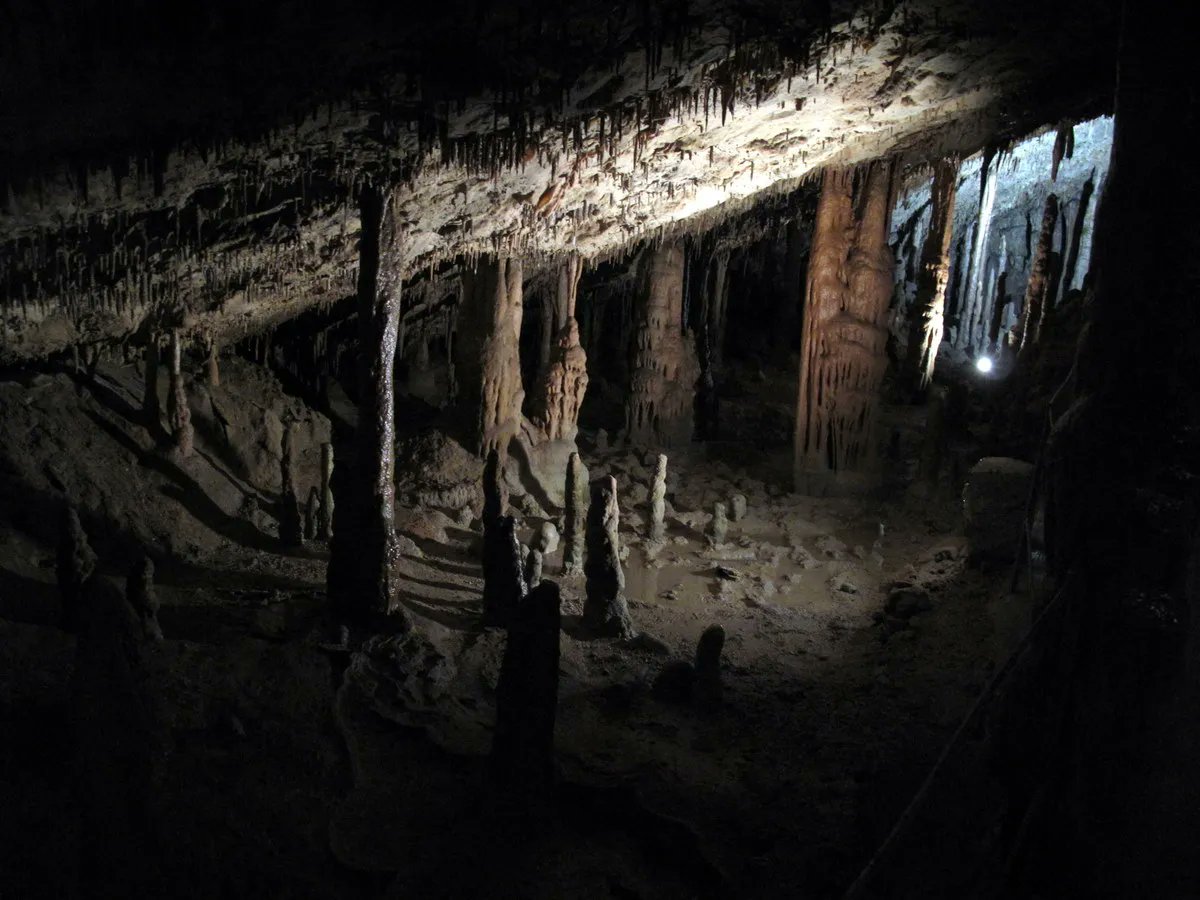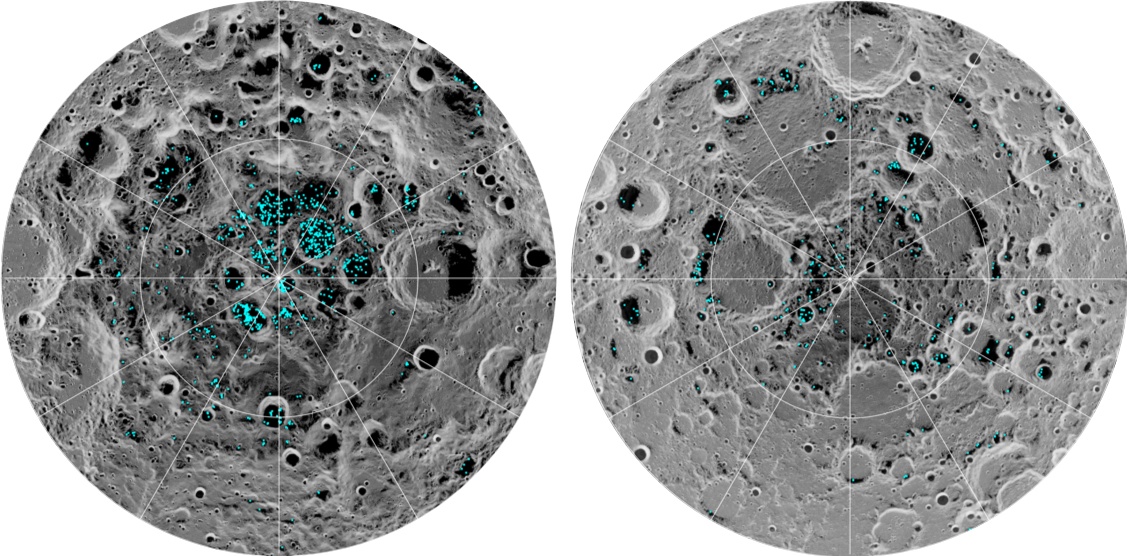As humanity returns to the Moon in the next few years, they’re going to need water to survive. While resupplies from Earth would work for a time, eventually the lunar base would have to become self-sustaining? So, how much water would be required to make this happen? This is what a recently submitted study hopes to address as a team of researchers from Baylor University explored water management scenarios for a self-sustaining moonbase, including the appropriate location of the base and how the water would be extracted and treated for safe consumption using appropriate personnel.
Continue reading “How Much Water Would a Self-Sustaining Moonbase Need?”There are Four Ways to Build with Regolith on the Moon
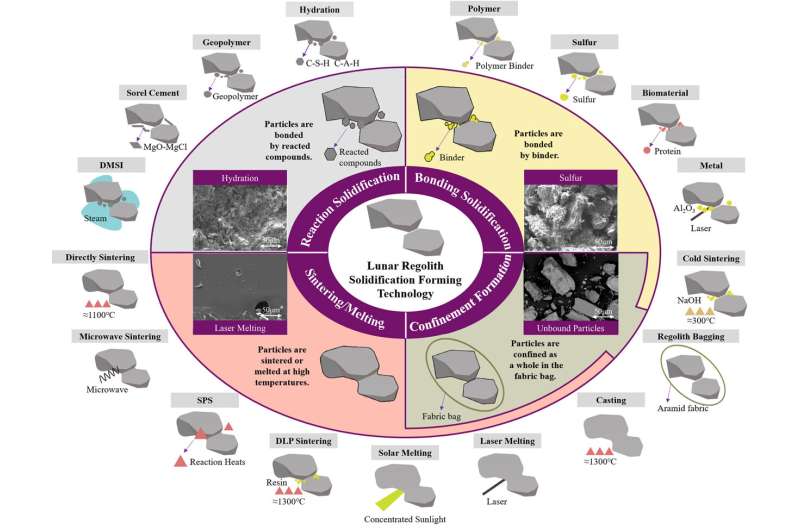
Over the last few years I have been renovating my home. Building on Earth seems to be a fairly well understood process, after all we have many different materials to chose from. But what about future lunar explorers. As we head closer toward a permanent lunar base, astronauts will have very limited cargo carrying capability so will have to use local materials. On the Moon, that means relying upon the dusty lunar regolith that covers the surface. Researchers have now developed 20 different methods for creating building materials out of the stuff. They include solidification, sintering/melting, bonding solidification and confinement formation. But of all these, which is the best?
Continue reading “There are Four Ways to Build with Regolith on the Moon”What Could We Build With Lunar Regolith?

It has often been likened to talcum powder. The ultra fine lunar surface material known as the regolith is crushed volcanic rock. For visitors to the surface of the Moon it can be a health hazard, causing wear and tear on astronauts and their equipment, but it has potential. The fine material may be suitable for building roads, landing pads and shelters. Researchers are now working to analyse its suitability for a number of different applications.
Continue reading “What Could We Build With Lunar Regolith?”Europe is Working on a Multi-Purpose Habitat for the Moon

With NASA gearing up to send humans back to the Moon in the next few years with the Artemis missions with the goal of establishing a permanent outpost at the lunar south pole, nations are making efforts to contribute to Artemis and a permanent presence on our nearest celestial neighbor. Recently, the Italian Space Agency, formally known as Agenzia Spaziale Italiana (ASI), has taken steps to establish the first permanent outpost on the lunar surface, known simply as the Multi-Purpose Habitat (MPH). This endeavor was officially kicked by the ASI signing a contract with the French-based aerospace company, Thales Alenia Space, who specializes in space-based systems, including ground segments and satellites used for both Earth observation and space exploration.
Continue reading “Europe is Working on a Multi-Purpose Habitat for the Moon”Get a Reality Check on Plans to Build Cities in Space
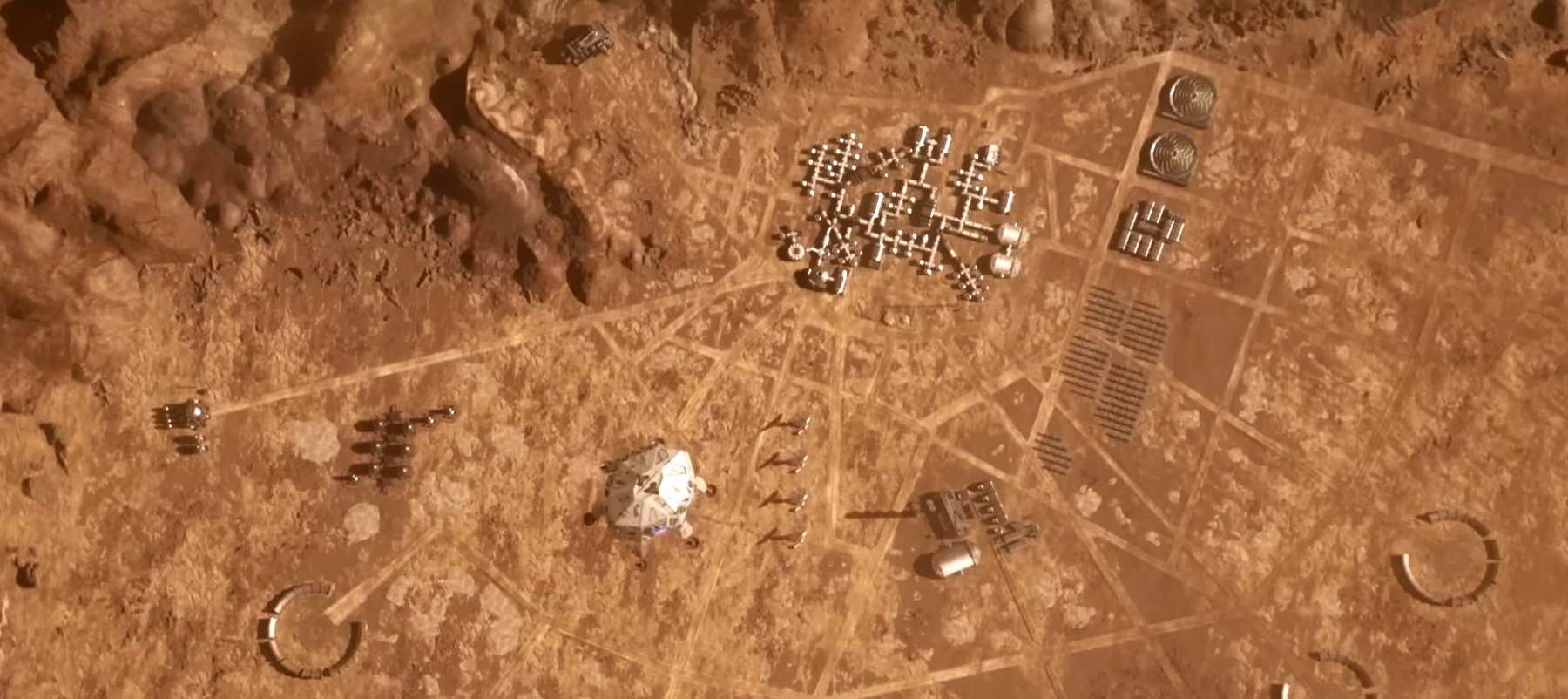
Elon Musk and Jeff Bezos may harbor multibillion-dollar dreams of sending millions of people to live on Mars, on the moon and inside free-flying space habitats — but a newly published book provides a prudent piece of advice: Don’t go too boldly.
It’s advice that Kelly and Zach Weinersmith didn’t expect they’d be giving when they began to work on their book, titled “A City on Mars.” They thought they’d be writing a guide to the golden age of space settlement that Musk and Bezos were promising.
“We ended up doing a ton of research on space settlements from just every angle you can imagine,” Zach Weinersmith says in the latest episode of the Fiction Science podcast. “This was a four-year research project. And about two and a half years in, we went from being fairly optimistic about it as a desirable, near-term likely possibility [to] probably unlikely in the near term, and possibly undesirable in the near term. So it was quite a change. Slightly traumatic, I would say.”
NASA Has a Plan to Power the Moon

Despite all the hype surrounding the coming of the commercial space age, NASA and other governmental agencies will still play a vital role in the early stages of getting much of the infrastructure up and running before commercial actors can come in. That role will primarily be filled by being the first (and sometimes only) customer for a wide variety of companies that hope to profit from exploiting space resources.
Continue reading “NASA Has a Plan to Power the Moon”We Could Simulate Living in Lunar Lava Tubes in Caves on Earth
Simulation is key to space exploration. Scientists and engineers test as many scenarios as possible before subjecting their projects to the harshness of space. It should not be any different with the future living quarters of explorers on the Moon. One of the most commonly cited locations for a future permanent lunar base is in the relatively recently discovered lava tube caves scattered throughout the lunar mare. Simulating such an environment on Earth might be difficult, but a team from the Center for Space Exploration in China thinks they might have a solution – using karst caves to simulate lunar lava tubes.
Continue reading “We Could Simulate Living in Lunar Lava Tubes in Caves on Earth”The Moon Could Have Gathered Some of its Water from the Earth’s Atmosphere
Our Moon is a fascinating world that has captivated us since time immemorial. Long before the first telescope was invented, ancient humans used the Moon as a calendar in the sky, with evidence that lunar timekeeping was around as early as 25,000, 30,000, and even 35,000 years before the present. Long before humanity had written language, lived in organized cities, and worshipped structured religions, the Moon was one of humanity’s first timepieces. It wasn’t until the telescope was invented that our Moon became an object of scientific curiosity, with the sketches by Galileo Galilei giving us a new perspective on our nearest celestial neighbor. As science advanced, so did our understanding of the Moon. While the Apollo missions were successful in teaching us about the geology of the Moon, it wasn’t until 2009 when the LCROSS impact probe onboard the Lunar Reconnaissance Orbiter deliberately crashed into a dark crater on the Moon’s south pole and detected 155 kilograms of water as it flew through the ejecta plume before ultimately crashing into the lunar surface.
Continue reading “The Moon Could Have Gathered Some of its Water from the Earth’s Atmosphere”China’s Lander Has Detected Water on the Moon
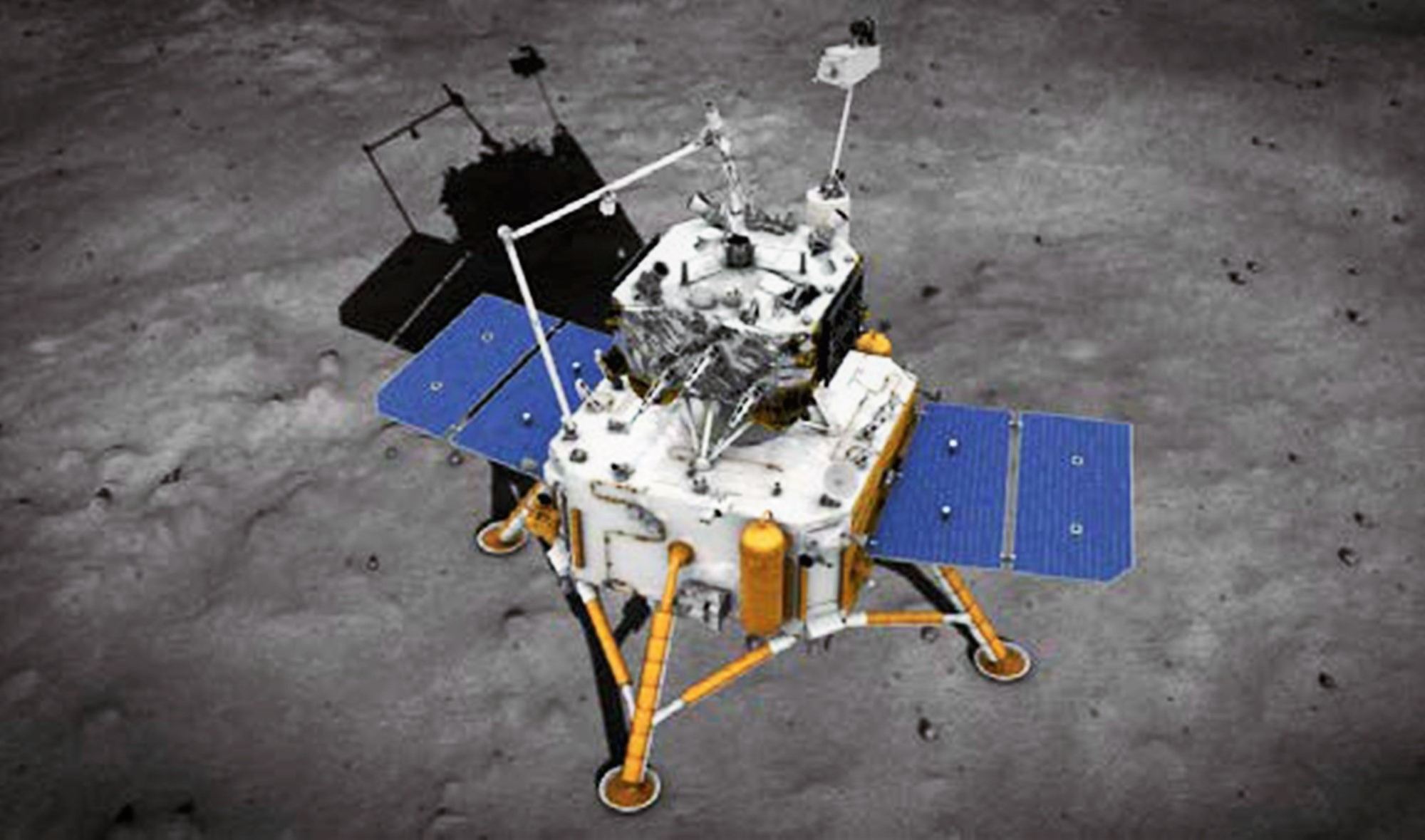
China’s Chang’e-5 lunar lander has found evidence of hydroxyl (OH) on the Moon. Hydroxyl is a close chemical cousin of water, H2O. While several other orbital missions have detected OH on the Moon previously, Chang’e-5 marks the first time it has been detected by a spacecraft sitting on the lunar surface.
Continue reading “China’s Lander Has Detected Water on the Moon”China and Russia Announce their Future Plans for the Moon, Including a Human Base
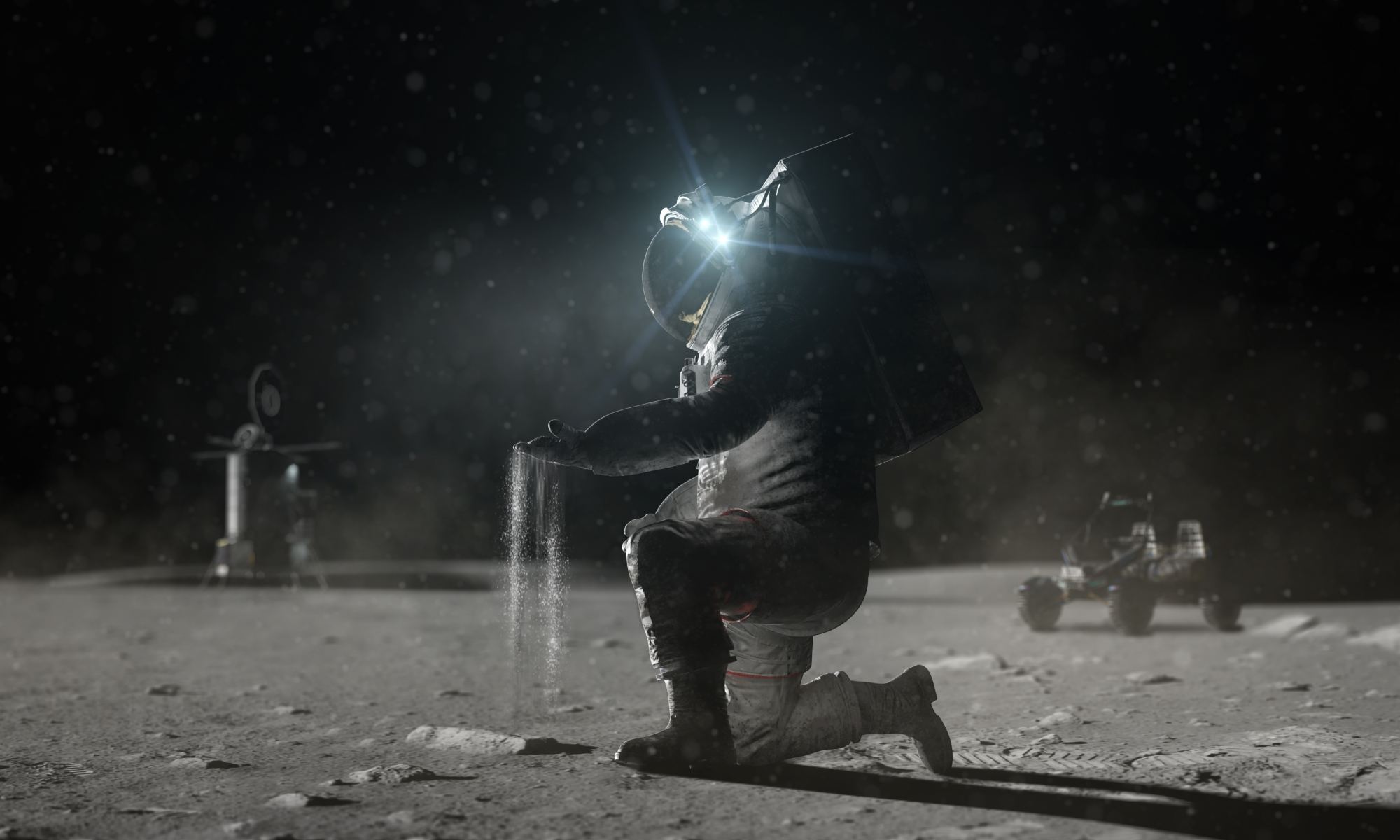
In the coming years, multiple space agencies will be sending astronauts to the Moon for the first time since the closing days of the Apollo Program. For NASA, this will represent the long-awaited “return to the Moon,” while every other space agency will see it as a tremendous step for their space programs. One thing they all have in common is that this time around, the goal is to build the necessary infrastructure that will allow for a long-term human presence.
However, amid all the excitement of this approaching moment in history are concerns about the lack of an international framework that will ensure our efforts are for the sake of “for all humankind.” Whereas NASA is seeking partners for its Artemis Program through bilateral agreements, Russia and China are pursuing an agreement of their own. They call it the International Lunar Research Station (ILRS), and they too are looking for partners in this endeavor.
Continue reading “China and Russia Announce their Future Plans for the Moon, Including a Human Base”

